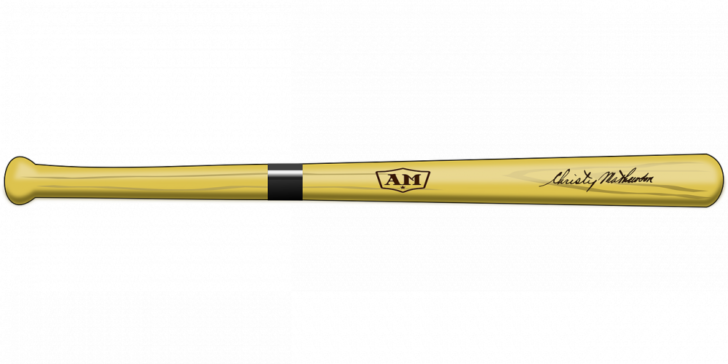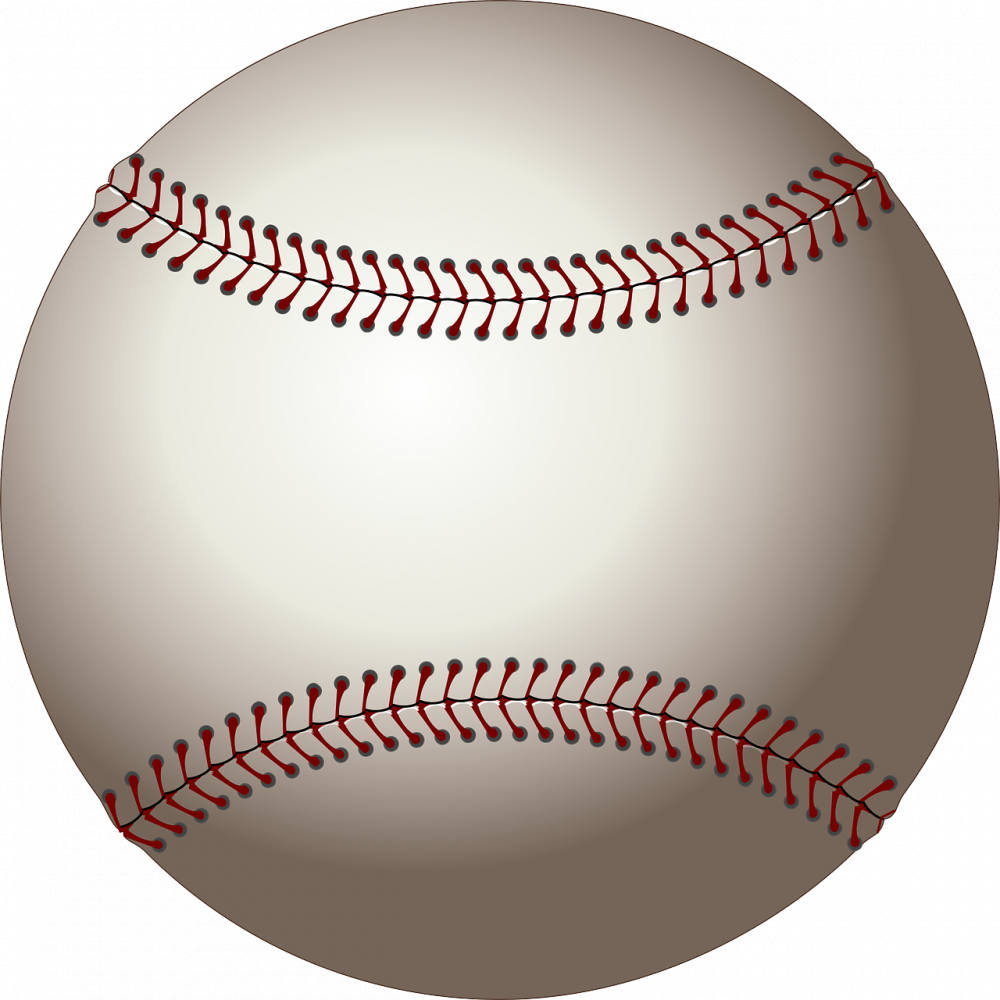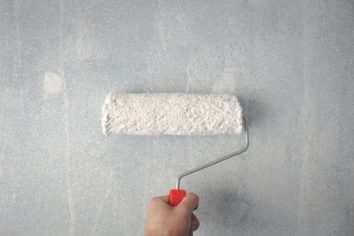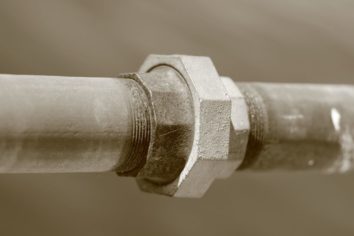Baseball Ball: An In-depth Exploration

Introduction:
Baseball is one of the most popular sports in the United States, and at the heart of this game is the baseball ball. This article aims to provide a comprehensive overview of the baseball ball, including its various types, popularity, quantitative measurements, differences between balls, and a historical analysis of their pros and cons.
1. Overview of the Baseball Ball:

The baseball ball, also known as the baseball, is the key equipment used in the game of baseball. It is a spherical object with a circumference of approximately 9 inches. Traditionally, baseball balls were made from cowhide leather sewn together, but today, synthetic materials are also used to ensure durability and consistency.
2. Types of Baseball Balls:
There are several types of baseball balls, each suited for specific purposes. The most common types include:
a) Major League Baseball (MLB) Ball: This is the official baseball used in professional baseball leagues, including the MLB. These balls undergo rigorous testing to ensure consistency in weight, size, and performance.
b) Practice Balls: These balls are used for training purposes and have a similar weight and size to the MLB ball. However, practice balls are often made with synthetic materials to make them more economical and long-lasting.
c) Youth Baseball Balls: Specifically designed for young players, these balls are smaller in size and have a softer core to minimize the risk of injury.
d) Softball: While not technically a baseball ball, it is worth mentioning for its popularity. Softballs are larger and have a softer core than baseballs, making them easier to hit and catch.
3. Quantitative Measurements:
Several measurements play a significant role in the performance of a baseball ball, and they are meticulously regulated in professional leagues. Some of the key measurements include:
a) Weight: A standard baseball ball weighs around 5 ounces (142 grams). Any significant deviation from this weight can affect the flight path and the difficulty for pitchers and batters.
b) Diameter: The standard diameter of a baseball ball is approximately 3 inches (76 millimeters). This uniform size ensures consistency for pitchers and batters.
c) Compression: Baseball balls have a specific level of compression, determined by the hardness of the core and the tension of the external layer. This compression affects the ball’s bounce and the distance it travels when hit.
4. Differences between Baseball Balls:
Despite standard measurements, there are subtle differences between baseball balls that can impact gameplay. Factors such as the type of leather used, the number and type of seams, and the core composition can all influence the ball’s flight path, grip, and spin.
5. Historical Analysis of Baseball Balls:
Over the course of baseball’s history, different types of baseball balls were used, each with its advantages and drawbacks. Traditional leather balls tended to lose their shape and hardness over time, leading to inconsistent gameplay. However, advancements in technology have allowed for the development of more durable and standardized baseball balls, ensuring a fair and exciting game.
In conclusion, the baseball ball is a crucial element in the game of baseball. Its unique design, various types, and accurate measurements contribute to the game’s fairness and excitement. Understanding the differences between baseball balls and their historical evolution allows players and fans to appreciate the craftsmanship and the continuous improvement of this essential piece of baseball equipment.
References:
– [Insert references here]
FAQ
What materials are baseball balls made of?
What are the different types of baseball balls?
What are some quantitative measurements used for baseball balls?
Flere nyheter
Maler i Oslo: En guide til profesjonell malerjeneste i hovedstaden
Introduction: Baseball is one of the most popular sports in the United States, and at the heart of this game is the baseball ball. This article aims to provide a comprehensive overview of the baseball ball, including its various types, popularity, qu...
11 desember 2025
Nakkeprolaps: Rask og riktig vurdering
Introduction: Baseball is one of the most popular sports in the United States, and at the heart of this game is the baseball ball. This article aims to provide a comprehensive overview of the baseball ball, including its various types, popularity, qu...
06 desember 2025
Rørinspeksjon i Agder: En kamerabasert kontroll av avløpsrør
Introduction: Baseball is one of the most popular sports in the United States, and at the heart of this game is the baseball ball. This article aims to provide a comprehensive overview of the baseball ball, including its various types, popularity, qu...
05 desember 2025
Etterisolering av hus: Slik blir boligen både varmere og rimeligere i drift
Introduction: Baseball is one of the most popular sports in the United States, and at the heart of this game is the baseball ball. This article aims to provide a comprehensive overview of the baseball ball, including its various types, popularity, qu...
05 desember 2025











